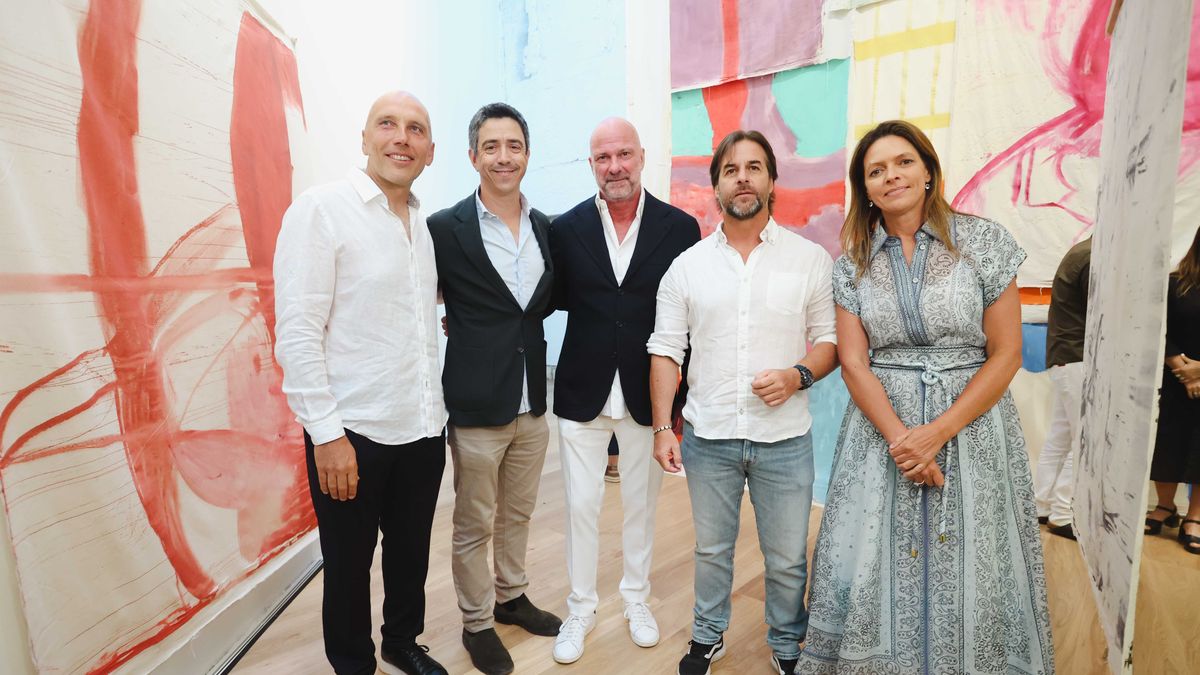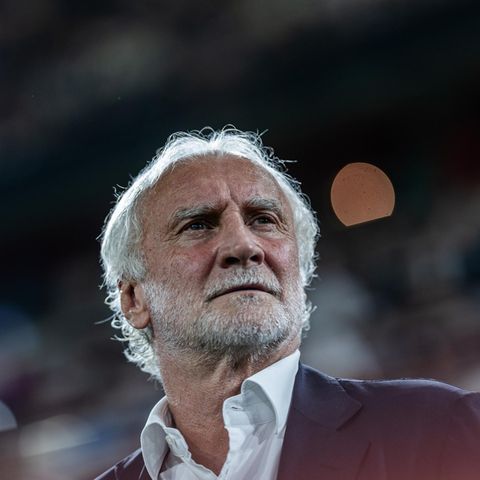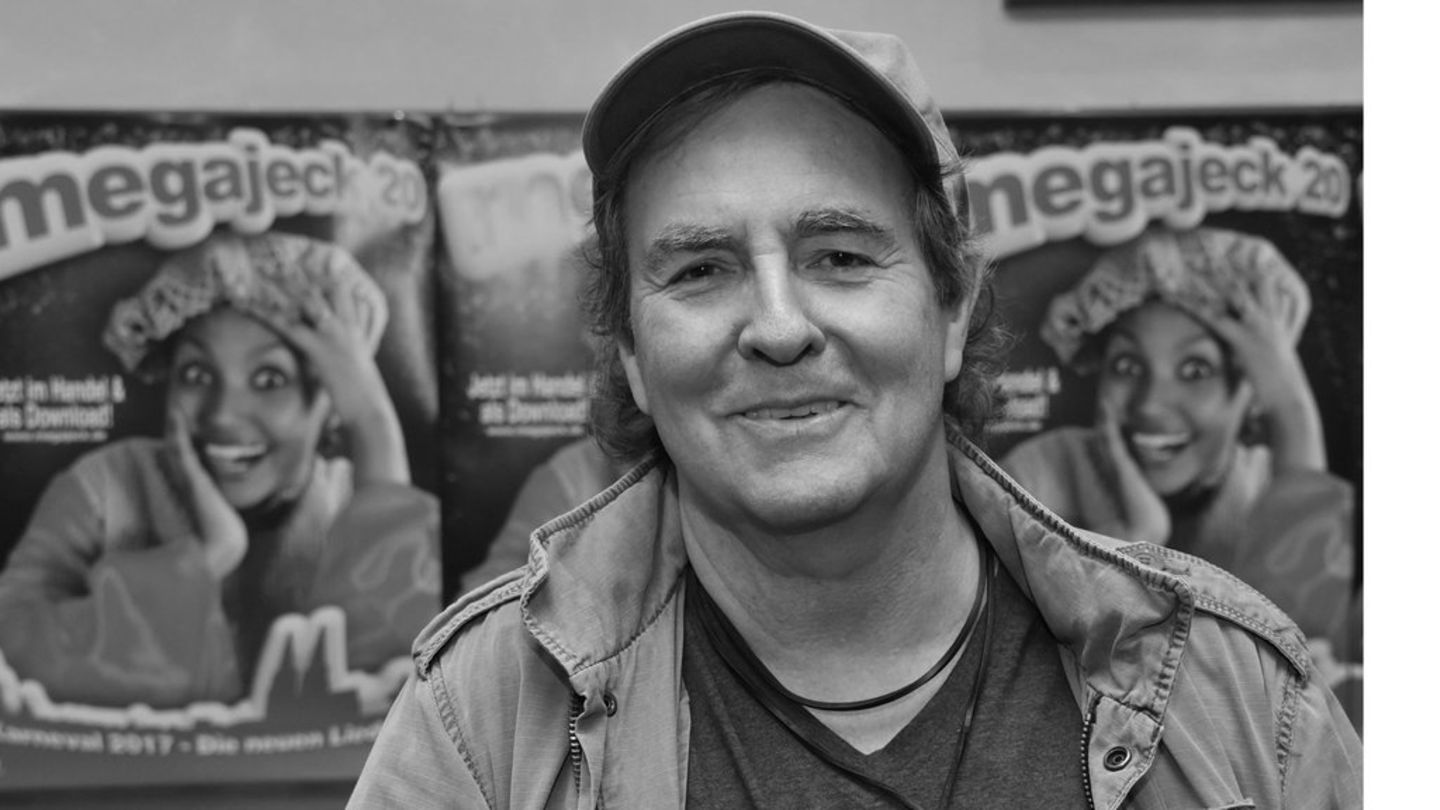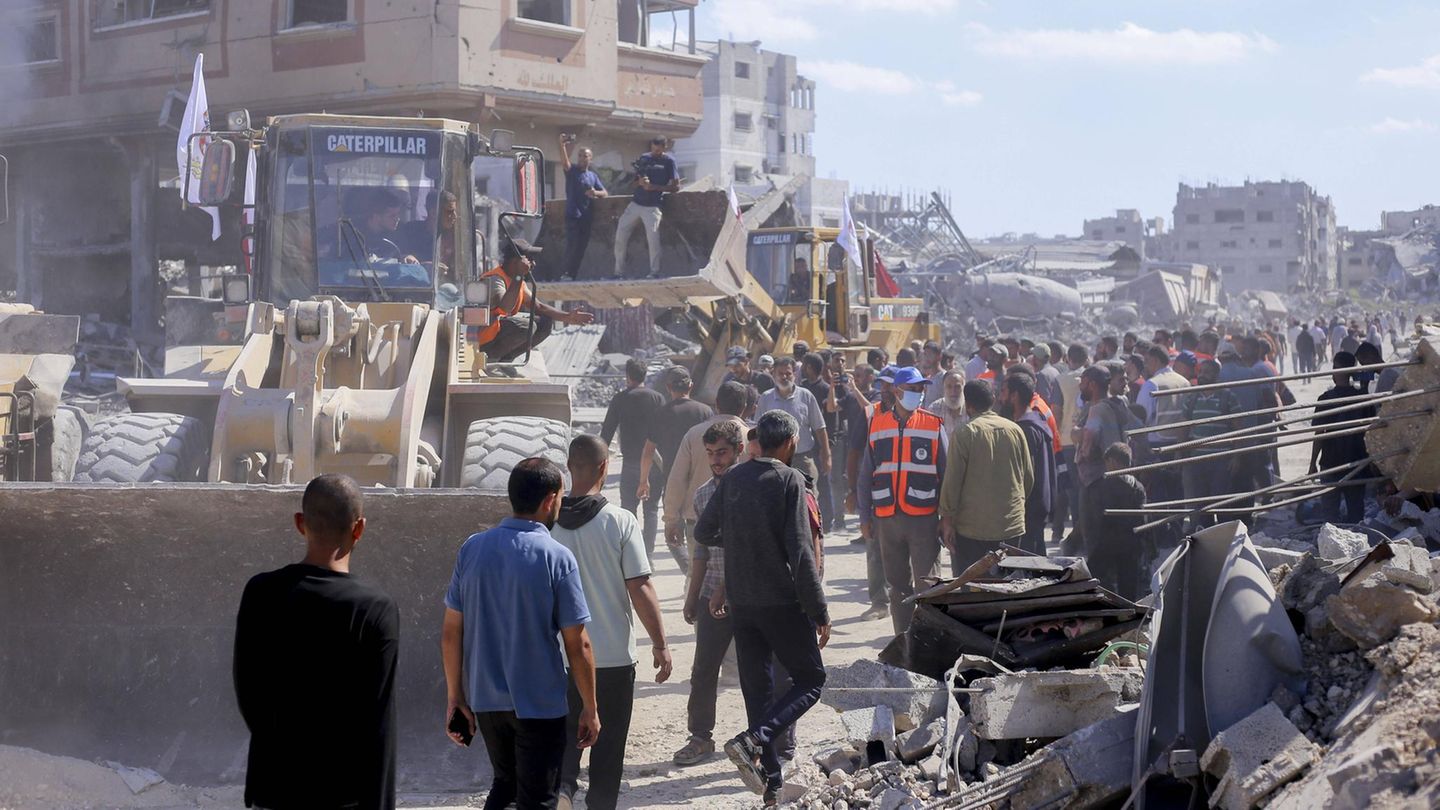He President Luis Lacalle Pou and a select group of businessmen met at a VIP event in Jose Ignacio, where art, business and a relaxed atmosphere dominated the scene. A few meters from the place, the Gente magazine party gathered another audience more linked to the Rio de la Plata entertainment scene.
The Cervieri Monsuárez Foundation He promoted the creation of this art space at the entrance to José Ignacio. The project was carried out by the architect Rafael Viñoly before he died, and this Friday he dressed in his best clothes to receive both authorities and special guests, including himself. Lacalle Pouand other top-level businessmen, such as the Italian Giuseppe Ciprianias well as references of art, architecture and other local authorities.
Lacalle Pou He arrived after 7:30 p.m. driving his own truck from Punta del Este, where he spends the first days of the year. The hosts were waiting for him at the venue to perform the traditional ribbon cutting.
The organization had prepared a VIP room with special security conditions, where the president remained most of the time with the guests. The two most important businessmen who were present, Giuseppe Ciprianimagnate of Cipriani SA (investment group that manages, among other ventures, the Cipriani Ocean Resort), and Cristiano Ratazzi, an Italian-Argentine businessman in the automobile sector, were very attentive to the photos and shook the president’s hand. As soon as the inauguration ended, both took advantage of the crowd and the security conditions to quickly and elusively free themselves from the journalists who were waiting for them.
TO Cipriani He was seen conversing very extensively and animatedly with the president, always surrounded by the hosts. Virginia Cervieri and Pablo Monsuarez. Last year, Cipriani proposed to the authorities new profitability conditions for their investment, which is expected to materialize in 2025 as the most important in the history of Punta del Este.
The real estate operator was also present Alejandro Ginerva, president of CVN Groupone of the most relevant developers of Madero Portand the entrepreneur and art collector Alejandro Carlos “Alec” Oxenford.
The drinks bar was dominated by Aperol Sprtiz, and a signature drink that bore the name “Summer Wine”, based on sparkling wine and lemonade for those who avoided it. The gastronomy was based on various snacks, such as humita empanadas, meat, confit shrimp and “cubes” of pâté with olives.
It was striking that the Mayor of Maldonado, Enrique Antíawho was very active in other departmental inaugurations during the last few days.
Gabriela Castellani and Cristiano Rattazzi.jpg
Gabriela Castellani and Cristiano Rattazzi.
Architectural luxury too
The work stands out for its exterior composed of granite stones sculpted using Inca techniques, whose treatment, preparation and placement was carried out by specialists in the field, who have already worked on the reconstruction of Macchu Picchuin Peru.
“This is the culmination of a work that we started two years ago, and what we wanted to do was open a foundation that promoted and helped contemporary art, both Uruguayan and international. We were lucky to have a project of Rafael Viñoly and, well, a little in homage to that Raphael He passed away this year, we wanted to inaugurate it and we were able to do it. The finishing touch was given by the President of the Republic, who was able to come to inaugurate it,” he told Ambit Virginia CervieriUruguayan lawyer and alma mater of the foundation.
Roman Viñolyson of Raphael, was in charge of the final steps of the architectural project and now its implementation. “He designed almost everything in its entirety, and after his death we took charge in the studio of ensuring that the work was completed according to his expectations.”
“Rafael (Viñoly) A kind of sculptural presence was imagined, which is what was achieved with these enormous granite stones, which are from here too, and which were forged by a team of 17 Peruvian artisans, with this Inca tradition, who generated this enormous wall that has an almost geological aspect to the place,” he explained Roman Viñoly.
“My father was a person who was not only tremendously talented, but he had a desire for work and a desire to do things well. For him there were no buildings that were not civic interventions. This building is a building that has a non-public use. profit, which is obviously civic due to those characteristics, but which responds to the sensitivity of the people,” he told Ambit.
José Ignacio Cultural Space.jpeg

Source: Ambito




